Learn GLSL Shaders from Scratch
Bring your WebGL alive with custom shaders
4.51 (832 reviews)
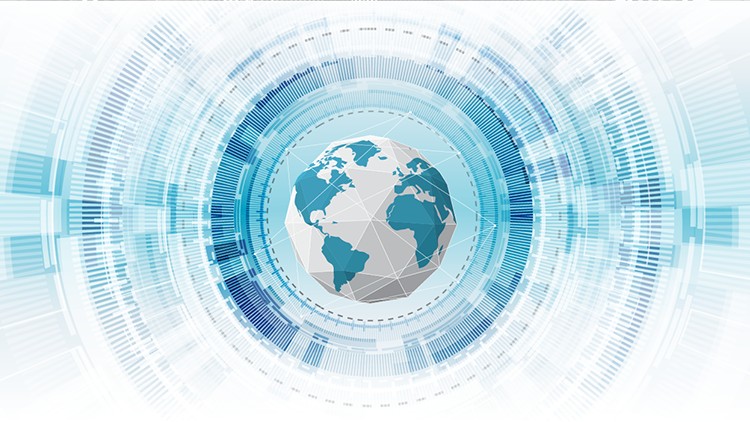
4,833
students
4.5 hours
content
Nov 2024
last update
$84.99
regular price
What you will learn
Learn to use GLSL to create great shaders.
Create great image manipulating shaders for cool website effects.
Learn to combine your shaders with lighting effects.
Learn how to create explosions and fire shaders.
Learn how to create procedural textures.
Learn to create HUD displays for real-time 3d applications.
Learn how we can use shaders to manipulate the geometry of a model
Screenshots
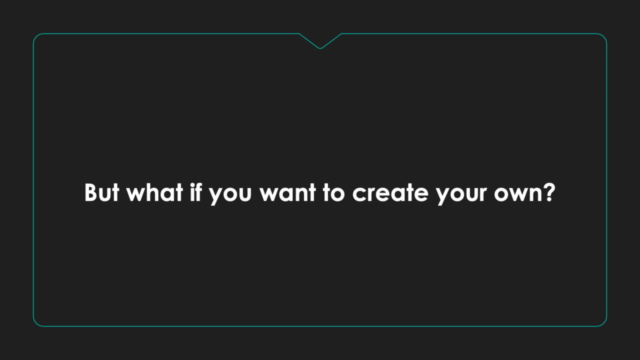
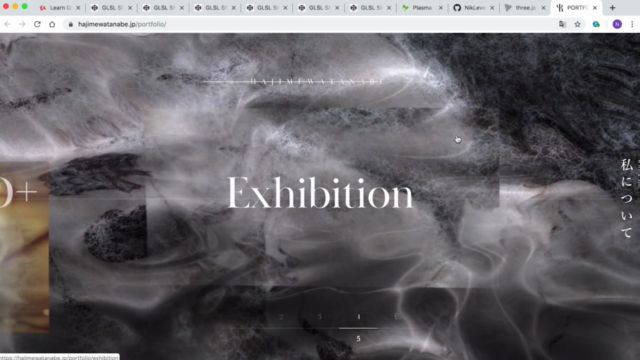
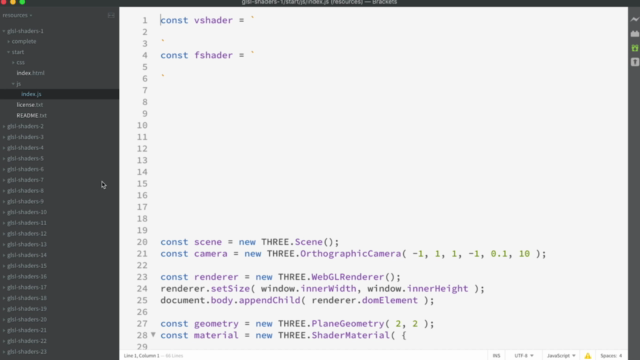
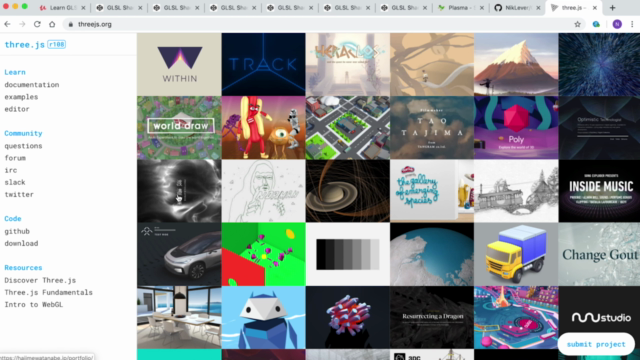
2230522
udemy ID
2/20/2019
course created date
11/22/2019
course indexed date
Bot
course submited by